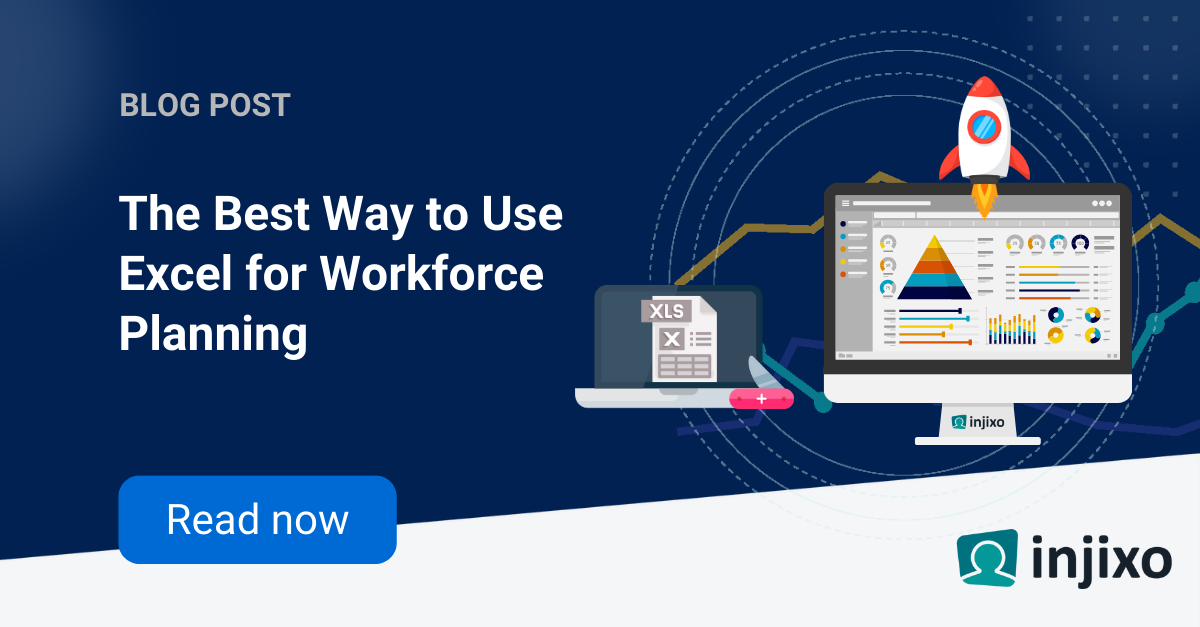“It’s not as good as the old way”. If you’ve ever been involved in implementing a new workforce management (WFM) solution, whether it be an upgrade, a change to a new supplier or even moving from manual spreadsheets to a professional application, you may well have heard this statement or something similar (or worse!). This might be followed by statements like “it’s not working as it should do” and then all too soon “we never should have done this” and “I’m not sure why we changed from the old one”.
I recently moved from a contact centre into a field force operation. This company had changed its WFM application 12 months ago and I have already heard some of the familiar phrases above. Two thoughts occurred to me:
- It’s remarkable how the same problems recur in different industries.
- How can we stop this happening?
It’s not just you
It should come as no surprise to find that a subset of stakeholders will resist change. That’s normal and there is a huge body of knowledge about Change Management that you should tap into when embarking on any technology deployment. What’s distinctive about Workforce Management is that we are talking about change which impacts people, the hours they work, operating costs and the customer experience, all of which are quite rightly emotive subjects. Changes to Workforce Management will always meet some resistance and what seems like the slightest change in the greater scheme of things may be disproportionately important to one or more individuals. This applies regardless of whether we are talking about scheduling a field force, a contact centre or any other industry.
Why is there so much noise?
In a word: Expectations! A new piece of kit, an upgrade or a process change will always bring expectations that improvements will follow - and in most cases, follow quickly. When these wins are not evident within a couple of days, people get nervous and start to let their minds wander back to the perceived stability of the past and ‘the good old days’ - often wiping from their memory the reasons why they signed up to the change in the first place. It is quickly forgotten that change was proposed for good reasons. Changing any software system requires short term pain to reach long term gain. Forecasting and Planning team must be given time to retrain their minds, build new ‘muscle memory’ and do things differently to how they did them in the past. It is too easy to fall into the trap of allowing too little time for users to become fully competent, in the belief that the new system will be just like the old one but better and quicker.
Management, having signed off on the change programme, will want to see rapid return on investment - which is to be expected. This puts the workforce planning team under pressure and can lead to defensive behaviour, energy and emotion being wasted on trying to deflect blame. They may start to get frustrated by having to tell colleagues “for the 10th time” how to achieve an outcome in a new way. If issues persist, some users may retreat to a position where only the base functionality is used, to avoid focus on the areas which are perceived not to be working, not as well as before, or simply differently. This behaviour makes prediction of failure self-fulfilling; if you don’t take advantage of new features, functionality and processes, then it’s probably true that you’ve spent a lot of money for no additional value. How many times have you heard “We only use about 20% of what it can do”? I’ve heard it from many colleagues down the years.
Seven steps to heaven
How can we stop this happening? There are a seven simple steps that you can take to successfully implement Workforce Management technology change in the planning team - and ultimately steer clear of those dreaded phrases.
- Ensure the benefit case is realistic and timescales are achievable.
- Don’t be pressured into promising too much too soon.
- Plan for a time-lag as competency is gained.
- Don’t underestimate the fact that to realise the benefits, you need people to change their routines and behaviour. That applies no matter whether they be in a call centre or out in the field.
- Over communicate.
- Continually remind key sponsors about progress along the realistic timelines.
- Start socialising what’s coming with the end users, well in advance, not just 2 weeks before launch.
- At launch, be visible and ensure all channels of communication are used, multiple times. Remembering that launch date is not just the IT changeover date!
- After launch, ensure updates, reports and benefit realisation tracking are pro-actively supplied to all key stakeholders. Don’t leave anyone room to say “it’s isn’t working” if that’s not the case.
- Remind everyone “why” we made the change in the first place.
- Make training relevant, timely and accessible.
- Even if you’re just implementing an upgrade, ensure that you don’t try to take short-cuts with training; a ‘desk drop’ or an instruction book will only satisfy a small percentage of your workforce and leave the majority at risk of making an immediate judgement that the new system is not as good as the old.
- Ensure proper time is allowed and training takes place sufficiently close to the launch date to remain relevant.
- Give extra training to a group of super-users to ensure that you have expertise from day one in amongst all colleagues.
- Floor-walkers aplenty.
- In launch week (not just launch day) have sufficient floor walkers to ensure any issues are found and eliminated immediately.
- Remember that a proportion of your workforce have a learning style that favours learning on-the-job. Floor walkers will support this style and ensure that embedding is quick.
- Don’t pretend it’s not going to be different.
- The new system, even if an upgrade, will be different, feel different and require the users to do things differently. Be open about this and challenge people to embrace the change rather than fight it.
- Remind people that “different” is not the same as “not as good”. It’s like when you change from an Android phone to an iPhone or vice versa. The first couple of days are frustrating because things are different. It can be tempting to say “not as good”, but the different ways soon become second nature and very few of us will want to go back to the old after the first week.
- Challenge your supplier to support you with all of the above.
- It’s in their interests to make this work to ensure recommendations and renewals.
- Don’t treat them as just an IT supplier whose job comes to an end when it’s “switched on”.
- They’ve also seen all of this a few more times than you and I, so ask them to share experience (good and bad) when planning out the full change journey.
- Don’t try and switch all the new “stuff” on in one go.
- Try to follow a plan that takes care of the hygiene factors first – get it in, switched on and working.
- New functionality should be introduced one step at a time, ideally with a control group to snag difficulties before you go to the masses
- Test and learn. Don’t be scared of backing down and re-assessing if things don’t work out how you planned.
These steps may mean a little extra work, but the additional effort is surely justified. The payback is that you will be able to deliver and develop the promised benefits with confidence.

Implementing an effective workforce management system is vital for optimizing productivity.
Get key Tips, illustrative examples, and best practices for establishing an efficient workforce management system.
“It’s different…but it works and it’s better”
This is what your Operations Director, your Contact Centre Manager, your CIO, your planning team and your agents will be saying next time you change your WFM - if you nail this. It’s in our gift to ensure this is the reaction we get by taking the seven steps outlined above and building on them.
If you have already implemented a new Workforce Management system and you are already hearing some of the negative soundbites, then it’s not too late. Try to work out which steps have not been covered properly and prioritise those that will at the very least help to remove the noise whilst you re-assess what needs to be done.
As I mentioned above, in far too many cases systems are not exploited to their full advantage due to an initial ‘bumpy landing’ which results in the stakeholders settling for just getting the basics working. It doesn’t have to be this way; ensure you move the agenda on, even if it’s just one small step at a time and over a longer time period than originally planned.
Don’t settle for a quiet life and give up once you have the basics working. You will always know that you haven’t delivered on the vision; taking the easy route just means that someone else will take the credit for realising the full potential of the new system.
Implementing a new Workforce Management application is tough. Workforce Management is ‘front and centre’; it has impact on so many parts of the business and affects things that matter to employees dearly - holidays, shifts etc. Don’t give up too early. Prepare well, use the seven steps and hopefully you’ll never hear reference to “the good old days” again.
Did you find the article interesting and would like to share it with your colleagues? Download the article as a PDF.





